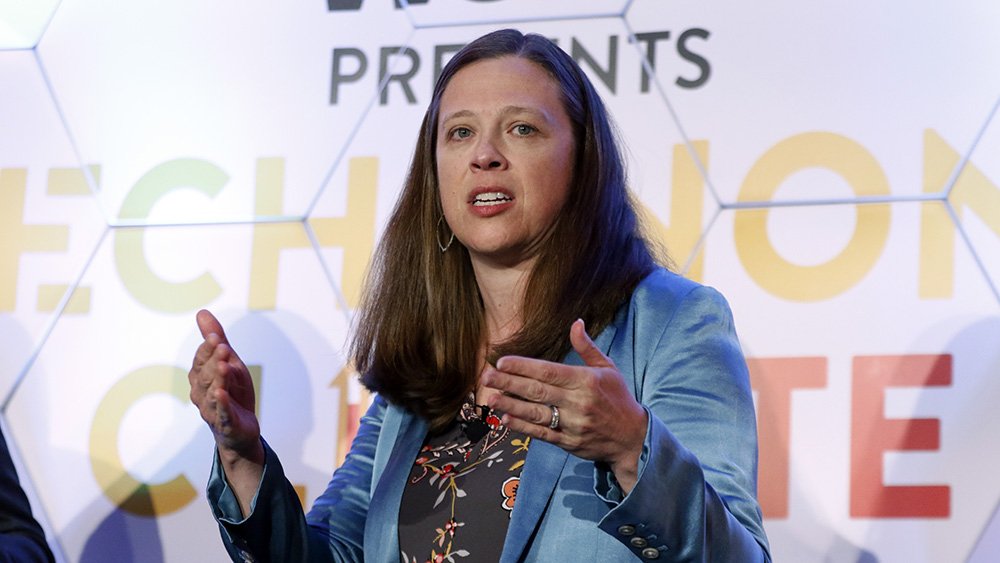Billowing black smoke flowing out of the tops of oil refineries. Glaciers melting across Antarctica. And wildfires everywhere from western Canada to northern Australia…
The dire images, and issues, associated with climate change are many. One that isn’t often acknowledged: The role of food production, which contributes about one-third of all planet-warming pollution. Everything from excess fertilizer not used by crops – leading to the emission of nitrous oxide, a greenhouse gas 300 times stronger than carbon dioxide – to uneaten food producing methane in landfills contributes to the challenge.
The issue’s urgency is also increasing. Technically, enough food is produced today to feed one and a half times the planet’s 8 billion strong population. Yet a billion people are already suffering from hunger and malnutrition. To feed an additional two billion people by 2050, with climate change making growing food more difficult, we will need to greatly reduce food waste, improve distribution and create resilient production systems, or risk the need for vast increases in production (some studies estimate up to 40%). An EDF report released late last year, for example, found that climate change is likely to slow down yield growth for corn, soy and wheat by the end of the decade.

And so we reach a pivotal question: Can we produce food in a way that nourishes the planet’s population and stabilizes the climate? Because business as usual is making it harder to feed a rapidly growing number of people.
Nonprofits, governments, businesses, scientists, and others are increasingly addressing the issue – and have an eye on current and future ways to break the vicious cycle. And food producers are also, in many cases, at the tip of the spear in terms of using tools and research to improve the land and water they rely on.
In the words of Amanda Leland, the executive director of Environmental Defense Fund, “We have to triage the patient” – i.e. planet – “as well as fix the patient for the long term.”
Innovative data-based decision-making tools are helping. Shortages of water are being addressed by a satellite-informed platform called OpenET which measures “evapotranspiration,” i.e. water’s evaporation from the land and its release into the air by plants. Developed by the EDF in partnership with farmers, Google, NASA, and the Department of Agriculture, OpenET provides for free what was heretofore unavailable or excessively expensive: Information on a farm’s water use and, in certain cases, water saved by a new technique or crop. With it, farmers and water managers can maximize “crop per drop” and meet climate goals more effectively.
A nitrogen balance (N balance) framework developed by EDF scientists provides a simple way for farmers and food companies to measure excess nitrogen. Fertilizer is essential for growing crops, but excess nitrogen from fertilizer beyond what crops need can leave farm fields and exacerbate climate change and water pollution. N balance provides greater knowledge and precision for optimizing fertilizer use and measuring progress toward sustainability goals. Because fertilizer is expensive, significant savings can result too.

There are innovations beyond data collection. Methane, for example, is responsible for nearly a third of current global warming, and 40% of its human-caused emissions are tied to agriculture, including cow burps and manure that’s stored in anaerobic – meaning low to no oxygen – conditions. (To picture the latter: imagine it sealed in a tank or pit versus an open-air pasture field.) Several products that can reduce enteric methane emissions, which are contained in cow burps, are in development. By modifying cows’ digestive processes, they reduce the amount of methane produced.
When it comes to manure, anaerobic digesters that capture methane produced during manure storage can be effective, often for larger farms. Some growers convert the captured methane into gas to help power the farm itself. Small and medium-sized farms often find other options like solid-liquid separators to be more economical ways to lower methane emissions from manure. Regardless of the technology deployed, it’s essential that local pollution impacts are addressed as well.
Better practices are catching on: In a first-of-its-kind commitment globally, Danone partnered with EDF and pledged to reduce the methane emissions associated with its fresh milk use by 30% by 2030.
The tools – and breakthroughs – continue. Another focus in the field is on projects which align financial incentives with climate-smart actions. Farmers Business Network and EDF introduced a cutting-edge operating loan program that provides farmers with an interest rate rebate if they meet soil health and other climate benchmarks measured with EDF’s N balance framework. It currently offers $50 million in operating loans and aims to expand to $1 billion over the next five years.
All of these solutions, says Leland, must be refined and built upon. “The climate change debate has gone from a bunch of people saying, ‘It’s not happening’ to the people who are convinced that it is happening and saying, ‘All hope is lost,’” she states, and refers to the switch as one from deniers to doomers. “We’re saying, ‘No, the future can still be good.’ But it will be different. And there are points of intervention that allow us to figure out what that still means. Stable food supply has to be part of that equation.”














